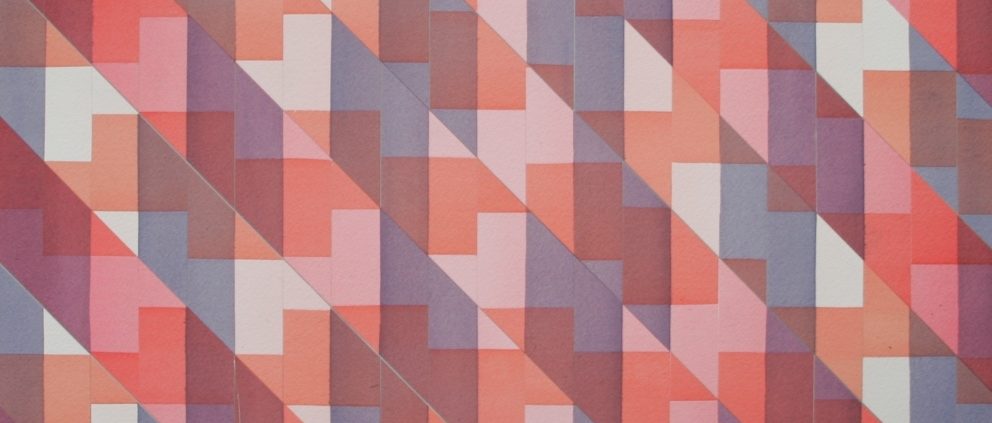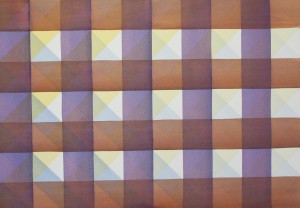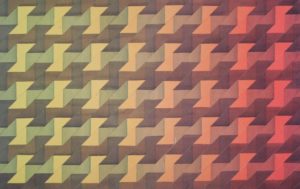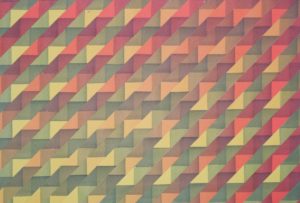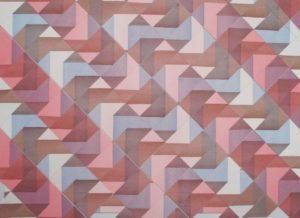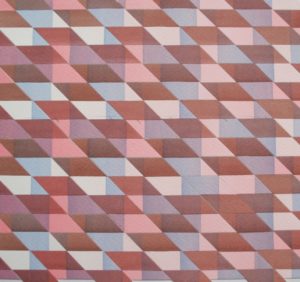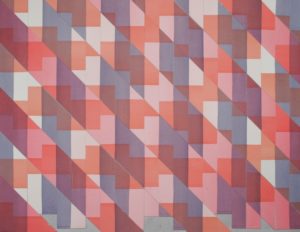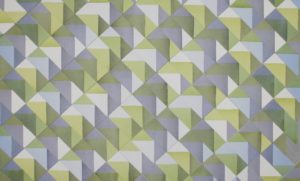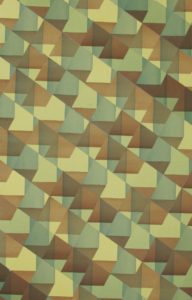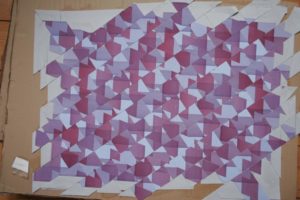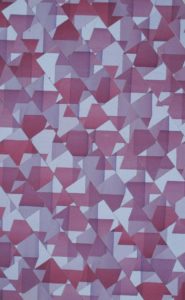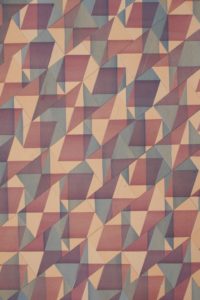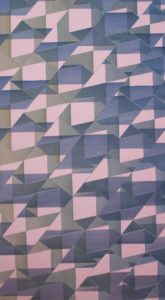Strip Cuts
The past two weeks has seen me reworking a theme I keep returning to. These paintings are all taken from an initial painting similar to the one below. Essentially I apply 3 washes The first covers the entire paper and may change in tone or colour, or even both. So yellow adding blue to green and so on. The other two washes are applied in a grid format horizontally and vertically. So even if the wash is pure (consistent) it would change colour due to the effect of the previous wash. This is the very essence of watercolour.
Here I started with a 30mm square. This painting is cut once along a 45 degree diagonal. A pattern emerged right away.
I repeated this time arranging the cut strips in a different way
This painting is twice the size of the previous 2 so about 50 x 70cm. Again with a 30mm square. It may actually be easier to view or more coherent in the vertical
Below, I have cut and rearranged the strips twice. The pattern gets even more complex. The basic point with this work as with my watercolour weaves http://mjforster.com/the-other-art-fair-new-work/ is that it would be impossible to simply paint such an image. The only way the lines and tones/colours and the changes within them can be so consistent is through this technique.
Again her this is two cuts. The previous paintings were very similar up to the arrangement of the strips after the second cut. The possibilities here are endless.
A larger painting here, just one cut. The pastoral colours work well. I switched here to working a little larger with the initial squares now at 50mm.
Two cuts here
This is the first that I have cut and glued down 3 times, by this point the possibilities within the patterns are exponential.
When I refer to cutting, here is what a painting actually looks like. The more times you cut the more of the image you lose. This time the arrangement of the third cut was more random so there is no clear pattern
This is the same painting
Here with 3 cuts there is a clear pattern
Again with the last one I did. I’ll have a break from this work now, think it through and return to it later in the year.
If you have any questions about the work email me at info@mjforster.com
Comments are welcome

